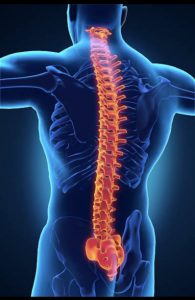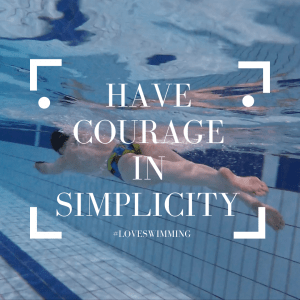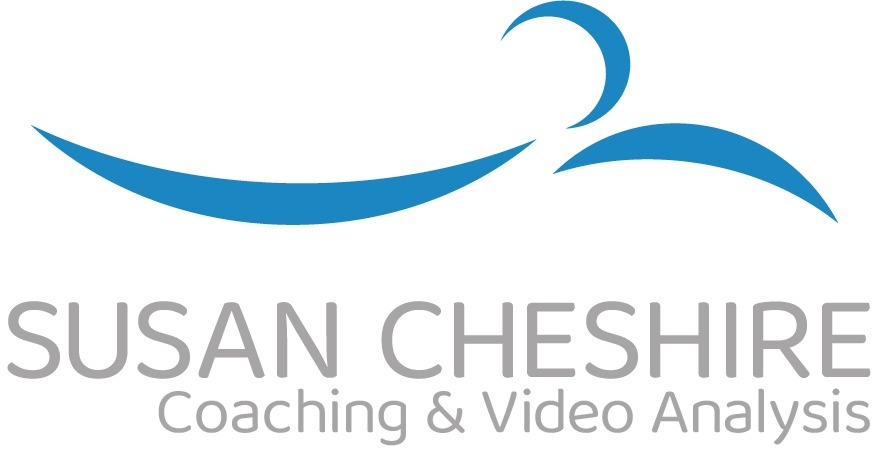Have Courage in Simplicity
One thing that irritates me about my partner is the way he gives directions. So detailed, so precise, so exact. I switch off, my brain wanders and I get lost!
Coaches can be the same, too detailed, too precise, too exact or indeed quite the opposite too blasé. Both methods leave you in an emotional state of ‘am I doing this right?’
When we swim it can feel like there is so much going on. In front crawl you may feel your arms moving around and forwards, your feet moving up and down and if all is going well your hips are also rotating. At the same time your head stays still until it turns to breathe.
You are feeling your extremities moving, extremities which all share one common link. The spine. Recently referred to me as the Fifth limb.
The gluteus act as a bridge, connecting the lower limbs to the spine and the stronger the gluteus, the stronger the bridge. Our head position connects our upper body to our spine.
Once the lower and upper body are connected to our centre, the potential energy waste from the extremities is channelled towards the centre, where firmer foundations and greater stability will allow for simpler more effective movement.
We are greater than the sum of our parts and a connected body will respond more effectively as a whole
As we swim from our centre we also eliminate the energy waste we create in water in different ways.
Improved Foundations
With a greater connection of the upper and lower body to the spine you will improve your posture and balance in the water. Poor balance is the main source of energy waste for swimmers.

Improved Stability
Improving the strength of the bridge, your gluteus, allows for improved stability in the water. Instability causes the limbs to react and ‘do something’ to stabilise you, these movements waste energy and do little to provide forward propulsion.
Improved Movement
Improved balance and stability will guarantee a reduction in drag as you swim, which will allow you to move through the water with greater ease. A connected body will move as one integrated unit, allowing you to change shape less frequently. Less shapes means less strokes. When movement is initiated from our centre, the fifth limb, the limb to which all other limbs are connected, we create a simpler movement.
By working on the foundations and stability of our body we can improve the twists and bends that will have developed in our spine from our lifestyles or even from birth. A straighter spine will allow for improved economy of movement, the straighter the spine, the easier our movements as we rotate around this central axis. The straighter the path we travel.
Improved Breathing
Improved posture allows for easier breathing. The correct head position lets the head rest in the water at the optimum depth to inhale. Our lifestyles create a forward head position, which in the water translates to a deeper head position, placing the head in a position that can make finding air more challenging and causes you to lift your head to find air. As a result you lose your connections, balance and stability.
We use the expressions; ‘Inner-strength’. ‘Find your centre’. ‘It’s what on the inside that counts’. They allude to changing our focus from what is happening on the outside and have the courage to find greater strength from connecting to our centre.
Conventional thinking about swimming prioritises our extremities for propulsion, our arms and legs. Yet, efficient movement through the water comes from connecting our four limbs to our fifth, our spine, our centre to initiate movement and achieve integrated whole body movements. To do this we need to work on how we connect our upper and lower body to our spine and create stronger bridges to our centre.

Photo of Jon Monks, friend, swimmer and inspiration for this article.
